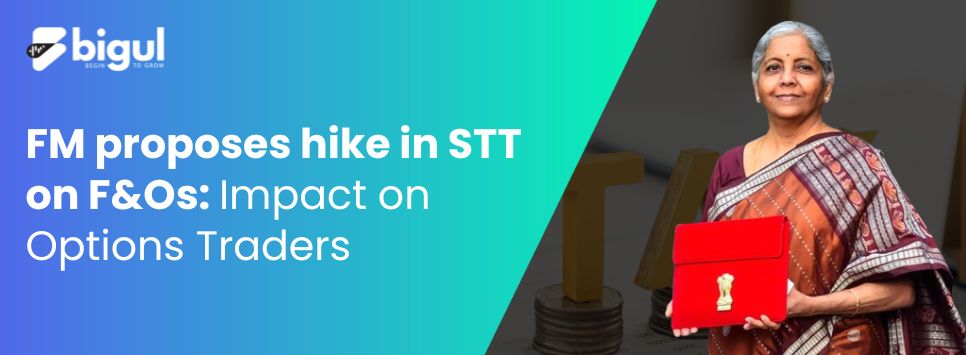Tax saving is a superb instrument for some financial investors, to forestall the disintegration of the all-out pay created. There are different ventures that give this advantage, consequently, essentially expanding the viable speculation portfolio in this country as all people need to avail this benefit. In this article, let us talk about the best tax-saving venture choices that can lessen your assessment outgo. Peruse on!
Top Tax-Saving Instruments
Equity Linked Savings Scheme (ELSS)
Equity Linked Savings Scheme is one of the most famous market speculation instruments among financial backers with the essential point of expense saving. It is one of the most incredible ways of saving duty under area 80C, as well as procuring significant returns by acquiring market advantage.
Tax saving ELSS reserves contributes something like 80% of the absolute portfolio on value protections, in this way, yielding the best yield among some other comparative instruments that anyone could hope to find on the lookout. This plan accompanies an obligatory lock-in time of three years on a venture sum. Under segment 80C, the accompanying arrangements are made to guarantee a significant expense decrease on reserves connected with the ELSS conspires.
• The absolute chief sum put resources into ELSS is absolved from tax assessment, given the sum is under ₹ 1.5 Lakh.
• Any capital gains not as much as ₹ 1 Lakh aren’t accused of long-haul capital increases charge.
Tax-saving ELSS reserves are generally fluid instruments when contrasted with different protections accessible under a similar umbrella.
Public Provident Funds (PPF)
Public Provident Funds is one of the most outstanding expense-saving instruments u/s 80C, supported by the Public authority i.e. government of India. Nonetheless, PPF accompanies a compulsory lock-in time of 15 years. This could hurt the liquidity prerequisites of a financial backer.
The PPF financing cost procured on this expense-saving instrument is declared by the public authority each quarter and stays fixed for the given time frame. PPF structures a decent return instrument, as it gives guaranteed interest proclaimed by the focal government.
A limit of ͅ 1.5 Lakh can be put resources into a PPF account in one monetary year, through a singular amount or month-to-month speculations. The whole sum can be excluded from tax assessment, accordingly, making it one of the most amazing duty-saving ventures under Area 80C. Any premium acquired on a venture sum is likewise not considered for charge estimations.
Senior Citizen Savings Scheme (SCSS)
Senior Citizen Savings Scheme is likewise one of the most amazing expense-saving ventures u/s 80C, as it empowers you to appreciate SCSS charge derivation of up to ₹ 1.5 Lakh on a venture sum. Be that as it may, the qualification standards of this plan are more inflexible than different instruments. Just individuals fulfilling the accompanying rules can profit from this speculation instrument:
• People matured 60 years or more
• People over the age of 55 years profiting from intentional retirement
• Any person over the age of 50 years utilized in the guard area of India
The aggregate sum that can be put resources into an SCSS strategy is Rs. 15 Lakh. The loan cost payable on a venture is not entirely set in stone by the Focal Legislature of India, and in this way, acts like a steady profit from speculation.
Sukanya Samriddhi Yojna (SSY)
Sukanya Samriddhi Yojna acts as one of the most mind-blowing ways of saving assessment under segment 80C of the Annual Duty Act. The SSY tax cuts sum up to ₹ 1.5 Lakh per annum. Nonetheless, a record under the Suaknya Samriddhi Yojna must be opened by an individual having a girl who is under a decade old.
As a piece of the ‘Beti Bachao Beti Padhao’ mandolin, the loan cost given by the public authority on this sum is higher than other government-ordered instruments like Public Opportune Asset. Any venture which is higher than ₹ 1.5 Lakh in a year isn’t considered for SSY tax reductions.
Tax Saver Fixed Deposit (FD)
Fixed deposits with a lock-in development time of five years are qualified for charge exclusions under Segment 80C. It is one of the well-known speculation instruments among risk-opposed people, as it guarantees ensured returns at a decent financing cost.
Nonetheless, it ought to be remembered that any untimely withdrawals made invalidate any tax break on such ventures. Premium acquired under this plan is available.
National Pension Scheme (NPS)
National Pension Scheme is a methodical speculation strategy meaning to give monetary security to financial backers on retirement. It is one of the most outstanding expense-saving ventures under Segment 80C, with a case derivation of up to Rs. 1.5 Lakh on the absolute chief sum. The public benefits plot acknowledges assets from the two bosses and representatives on account of salaried people.
Under Segment 80CCD (1), a tax-exempt venture can be made by a worker up to 10% of his/her compensation. For independently employed people, NPS tax breaks of an extra Rs. 50,000 can be asserted under Segment 80CCD (1B).
Reserves put resources into an NPS record can be to some degree reinvested in value plans, dependent upon the tact of a financial backer.
National Savings Certificates (NSC)
National Savings Certificates authentication means to give secure speculation to people careful about financial exchange variances. The duty-saving advantages under this approach is tremendous, with exclusions of up to ₹ 1.5 Lakh on the chief sum and the reinvested interest sum. The development time frame for this venture stays fixed at five years and a decade and ultimately depends on a financial backer to pick between any of the two-time frames.
Unit Linked Insurance Plans (ULIP)
Unit-connected insurance plans are likewise one of the most amazing assessment-saving ventures under Segment 80C accessible on the lookout, with exclusions on both speculation and payment sums payable.
The piece of cash committed towards the venture part under this plan is qualified for charge reclamation of ₹ 1.5 Lakh, alongside 10% of the all-out premium (offered the benefit is not as much as ₹ 1.5 Lakh).
Life Insurance
Under segment 80C, a superior paid on a life coverage strategy is deductible under the personal duty computations. The aggregate sum designated towards premium installments shouldn’t surpass ₹ 1.5 Lakh to profit this assessment exception benefit
This multitude of devices means giving charge exclusions to financial backers. Notwithstanding, the profits stay fixed under all instruments with the exception of the ELSS plan, as it is market-arranged. Tax-saving ELSS finances offer the best yields as its portfolio principally contains value-arranged plans. It comes in with a compulsory lock-in time of three years, giving it enough openness to the securities exchange to acknowledge significant benefits.
These were a few of the top tax-saving instruments, investors and individual could use to save their taxation amount via their usage.
Conclusion
While there are different ways you can save charge, insightful to choose a choice that offers you double advantages of duty saving as well as abundance creation. Make sure to design your assessments ahead of time, look for the most effective way to improve your charges, and use the expense exception limit totally.










